Premium Only Content
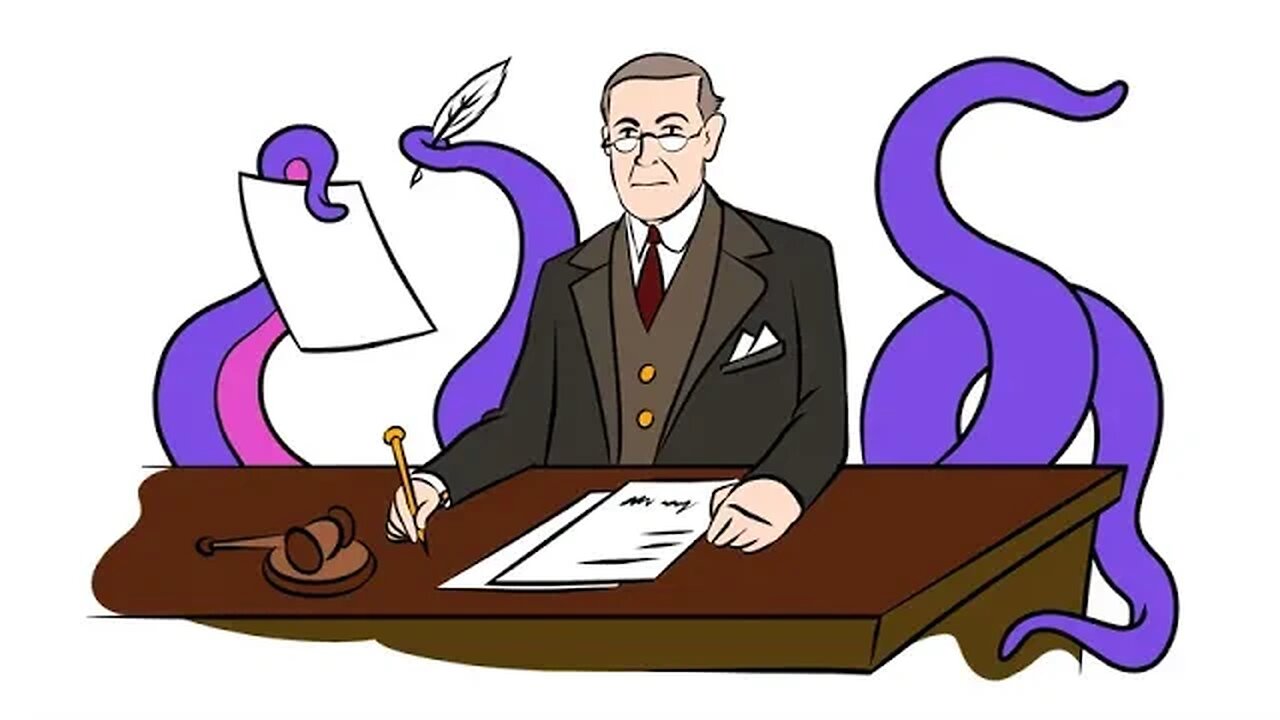
The Creature from Jekyll Island
The battle over a central bank is an issue that goes back to the beginning of America.
The Federalists, led by Alexander Hamilton, wanted the new American government to resemble the British Empire – with their own Bank of England. They were opposed by Jeffersonian Republicans, who understood a central bank to be a dangerous institution of corruption that would benefit a politically connected minority.
Both sides saw their share of victories and defeats, leading to the establishment of the First Bank of the United States under Washington, ended by Jeffersonians in 1811. A Second Bank of the United States was created in 1815, and then ended by Andrew Jackson in 1836.
Older than any American central bank, however, was the dollar – which began as a Spanish silver coin widely used in the colonies. During the Revolutionary War, America tried its hand at paper currency not backed gold or silver. The result was the Continental Congress acquiring resources and military service from Americans in exchange for an unstable currency that collapsed in value.
The result was, in 1792, the establishment of a national currency based in gold and silver. The new US mint would mold coins in a patriotic design, but the weight of silver remained the same as the Spanish dollar.
With currencies around the world all backed by gold and silver, global trade benefitted from what is called the Classical Gold Standard. This international gold standard provided an automatic market mechanism for checking the inflationary potential of government. If a country, like Mexico, inflated their paper pesos, the inevitable result would be gold leaving the country when foreign banks redeemed their Mexican paper money for the proper amount of gold and silver.
While the ability to redeem gold internationally imposed a level of discipline on national governments, interventions in domestic economies still managed to create the booms and busts we see in business cycles. Often, through some sort of government privilege, banks would be legally protected to print money not backed by gold – which would spur investment into projects that otherwise would not be profitable, resulting in a bust.
After a particularly bad financial crisis in 1907, the result of bad banking policies first imposed during the Civil War, major Wall Street banks decided to promote the creation of a new central bank that could be depended on to bail them out during a financial crisis.
The Wall Street bankers and their allied politicians understood that it would be difficult to get the American public to create such a powerful and dangerous government tool. In planning the creation of this new bank, they met in secret locations – like Jekyll Island, Georgia - using fake names. They plotted a national propaganda campaign to sell the public and elected officials on the plan by any means necessary.
In 1912, Woodrow Wilson was elected president in a three-way race with less than 42% of the vote.
A year later, he would sign into law the creation of the Federal Reserve.
Shortly after, the costs of World War I would force governments around the world to begin massively inflating their currencies – which would result at the end of the gold standard.
So, if the classical gold standard worked so well, why did it break down?
It broke down because governments were entrusted with the task of keeping their monetary promises, of seeing to it that pounds, dollars, francs, etc., were always redeemable in gold as they and their controlled banking system had pledged. Governments were incentivized to allow banks to print far more paper money than gold on hand than they could in a free market.
It was not gold that failed; it was the folly of trusting the government to keep its promises.
________________________________________
This series was inspired by Murray Rothbard's classic introduction, What Has Government Done to Our Money?—available for free in PDF, ePub, HTML, and Audiobook at https://Mises.org/WHGD
To learn more about the operations of the Federal Reserve, check out Bob Murphy's book, Understanding Money Mechanics, available for free in PDF, ePub, and HTML at https://Mises.org/BobMoney
For more animated content, check out Economics for Beginners at https://BeginEconomics.org.
-
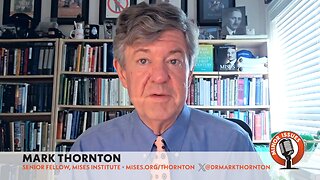 9:09
9:09
Mises Institute
3 months ago $0.08 earnedInflation: True or Out of the Blue | Mark Thornton
2752 -
 LIVE
LIVE
Laura Loomer
6 hours agoEP154: Naturalized US Navy Medic From GAZA Exposed For Ties To Hamas
959 watching -
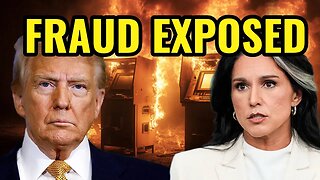 35:45
35:45
Stephen Gardner
8 hours ago🔴BREAKING: Election Auditor EXPOSES Democrat Election Fraud Evidence!
7.61K28 -
 15:48
15:48
Sponsored By Jesus Podcast
13 hours agoHow to Stop Being JEALOUS | When Comparison Steals Your Joy
243 -
 LIVE
LIVE
DLDAfterDark
3 hours agoDon't Worry - Things Will Get SO Much Worse! Sometimes It Be Like That
205 watching -
 25:41
25:41
Robbi On The Record
9 hours agoThe Billion-Dollar Lie Behind OnlyFans “Empowerment” (Her Testimony Will Shock You) | part II
1453 -
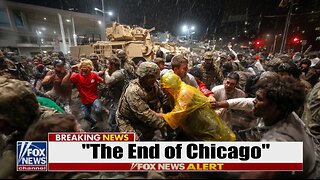 12:22
12:22
Cash Jordan
58 minutes ago"CHICAGO MOB" Fights Back... "ZERO MERCY" Marines DEFY Judge, SMASH ILLEGALS
234 -
 46:58
46:58
Brad Owen Poker
13 hours agoI Make QUAD ACES!!! BIGGEST Bounty Of My Life! Turning $0 Into $10,000+! Must See! Poker Vlog Ep 323
321 -
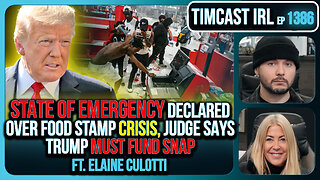 2:52:28
2:52:28
TimcastIRL
4 hours agoSTATE OF EMERGENCY Declared Over Food Stamp CRISIS, Judge Says Trump MUST FUND SNAP | Timcast IRL
190K108 -

Tundra Tactical
10 hours ago $14.20 earned🚨Gun News and Game Night🚨 ATF Form 1 Changes, BRN-180 Gen 3 Issues??, and Battlefield 6 Tonight!
21.4K